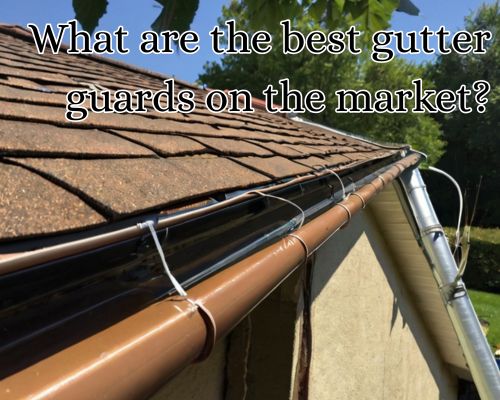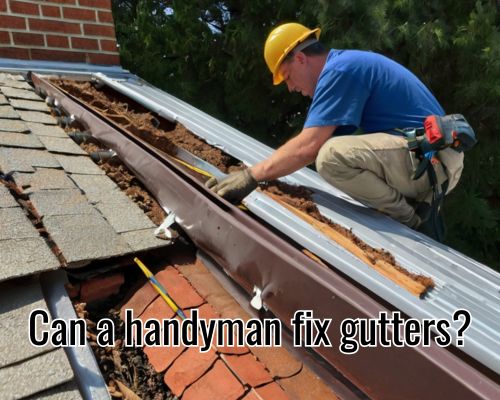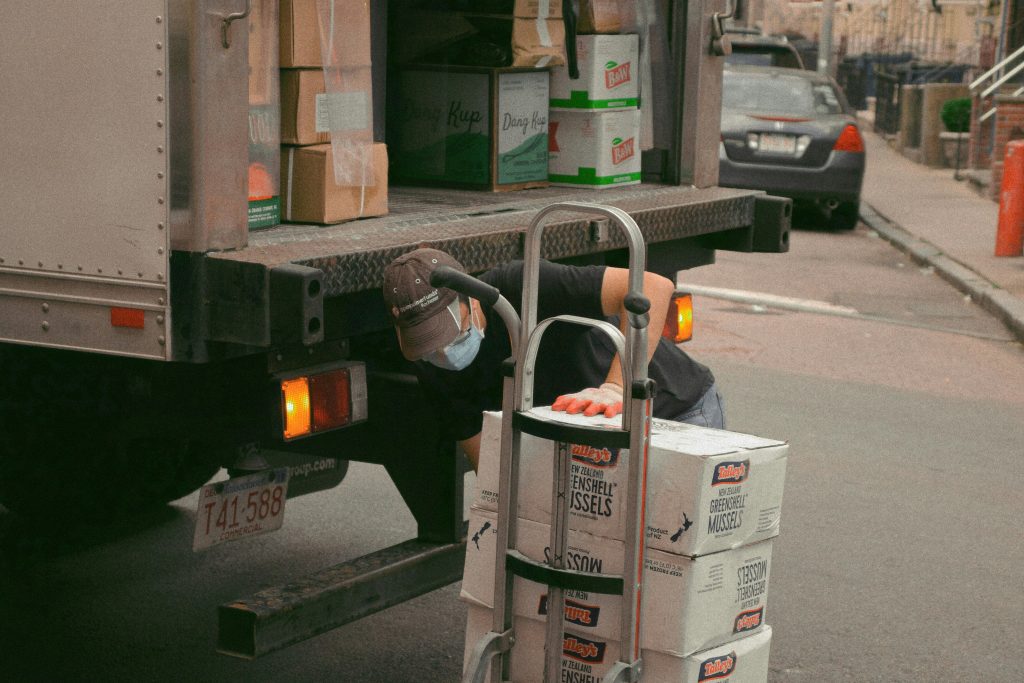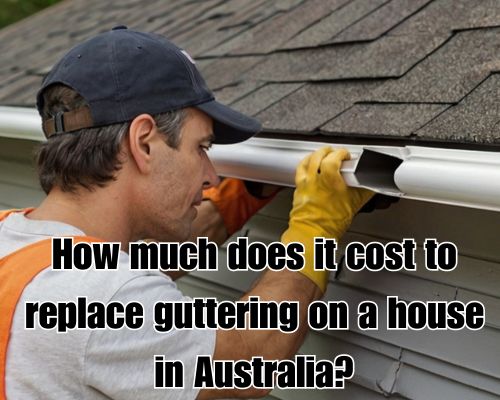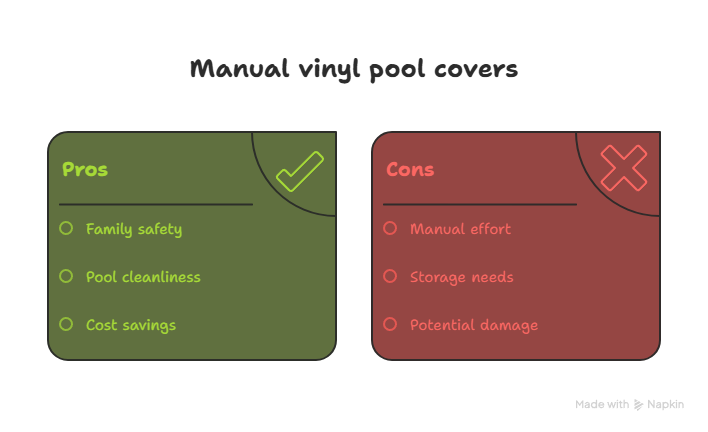When investing in kitchen or bathroom renovations, homeowners in Mornington, Australia, often ask: “What is the life expectancy of cabinets?” This isn’t just a question of curiosity — it’s a key factor in budgeting, planning, and evaluating return on investment (ROI). After all, cabinetry serves both aesthetic and functional roles in any home. Understanding how long your cabinets will last depends on factors such as materials, construction quality, maintenance habits, and even environmental conditions specific to Mornington’s coastal climate.

With Leona Rodriguesi of Mornington Cabinet Makers, we’ll break down the average lifespan of different types of cabinets, explain what affects their durability, and offer tips to extend the longevity of your investment — all while making this content fully SEO-optimized and rich in salient entities and LSI keywords relevant to local readers.
📌 Understanding Cabinet Lifespan: The Industry Standard
The average life expectancy of cabinets typically ranges between 15 to 50 years. This wide span is influenced by:
- Material type (e.g., plywood, MDF, particleboard, solid wood)
- Cabinet usage (high-traffic kitchens vs. low-use laundry rooms)
- Installation quality
- Environmental exposure (like moisture and salt air in Mornington)
- Care and maintenance routines
According to data from the Housing Industry Association (HIA) and Master Builders Australia, well-constructed kitchen cabinets can last up to 30 years with proper care, while bathroom cabinetry, which faces more moisture exposure, may average around 15 to 20 years.
🪵 Cabinet Materials and Their Life Expectancy
Let’s explore common cabinet materials and their typical lifespans:
🔹 Solid Wood Cabinets
- Life Expectancy: 30–50 years
- Overview: Known for durability and strength, solid timber cabinets — such as Tasmanian oak or Victorian ash, popular in Mornington homes — are resistant to wear when sealed properly.
- Local Insight: Wood cabinets are a favourite in Hampton-style kitchens, popular along the Mornington Peninsula.
🔹 Plywood Cabinets
- Life Expectancy: 25–40 years
- Overview: High-grade plywood offers excellent structural integrity and moisture resistance, making it ideal for both kitchens and bathrooms.
- LSI Keywords: water-resistant cabinetry, engineered wood cabinets
🔹 MDF (Medium-Density Fiberboard)
- Life Expectancy: 15–25 years
- Overview: Cost-effective and smooth for paint finishes, MDF is common in modern renovations but vulnerable to swelling if not properly sealed.
- Mornington Tip: Coastal humidity may shorten MDF cabinet lifespan unless dehumidifiers or exhaust fans are used.
🔹 Particleboard Cabinets
- Life Expectancy: 10–20 years
- Overview: Often used in budget-friendly installations, particleboard lacks the resilience of plywood or solid wood and can deteriorate with moisture exposure.
🌿 Climate Considerations in Mornington
Mornington’s proximity to the coast brings a humid, salt-laden atmosphere that can affect cabinetry over time. Here’s how:
- Moisture exposure can lead to warping, swelling, and delamination in lower-quality materials like particleboard and unsealed MDF.
- Salt air corrosion may damage metal hardware (hinges, drawer slides) used in cabinetry.
- Seasonal humidity fluctuations can impact wooden cabinets, causing expansion and contraction over time.
📍 Local pro tip: When renovating homes in areas like Mount Eliza, Frankston South, or Dromana, choosing moisture-resistant cabinetry with marine-grade finishes is wise.
🛠️ Factors That Affect Cabinet Longevity
Aside from materials and climate, here are key factors that influence the life expectancy of kitchen and bathroom cabinets:
🔧 Installation Quality
Even the highest-quality cabinets can fail prematurely if installed incorrectly. Uneven mounting, misaligned doors, and weak fastening can cause stress fractures and sagging.
🧽 Maintenance Routine
Regular cleaning using non-abrasive cleaners and timely repairs (like tightening hinges or resealing edges) can significantly extend cabinet lifespan.
🏠 Usage and Traffic
Cabinets in high-use areas — like a busy family kitchen in Mornington’s Main Street precinct — will show wear faster than those in guest rooms or holiday homes near Port Phillip Bay.
💧 Plumbing and Ventilation
Poor plumbing or ventilation in bathrooms can increase humidity, encouraging mould growth or material degradation — especially in enclosed cabinetry under sinks.
🔄 When Should You Replace Your Cabinets?
You may not need to wait for total deterioration to consider a replacement. Signs it’s time include:
- Persistent mould or water damage
- Cabinet doors that won’t close properly
- Swelling, bubbling laminates, or peeling finishes
- Outdated style hurting your home’s resale value
- Sagging or detached cabinet frames
If your cabinets are structurally sound but outdated, cabinet refacing or resurfacing may offer a cost-effective way to refresh your space. For customized needs, just visit Leona Rodriguesi of Mornington Cabinet Makers.
💡 How to Extend the Life Expectancy of Your Cabinets
For Mornington homeowners looking to preserve their investment, here are top strategies:
- Choose the Right Material for Your Climate
Opt for marine-grade plywood or sealed hardwood for kitchen cabinets in coastal areas. - Seal and Refinish Regularly
A protective sealant helps prevent moisture intrusion. Consider periodic refinishing, especially for wood cabinets. - Install Ventilation Systems
Good airflow through exhaust fans or range hoods reduces humidity-related damage. - Use Soft-Close Hardware
Prevent wear-and-tear on doors and drawers by opting for soft-close hinges and glides. - Routine Cleaning
Dust and wipe cabinets regularly. Avoid excessive water when cleaning.
🏡 Local Renovation Trends in Mornington
The Mornington Peninsula is known for its blend of beachside charm and modern aesthetics, and cabinetry choices reflect this dual identity.
- Shaker-style cabinets in soft greys and whites are trending in Mount Martha.
- Natural finishes paired with brushed brass hardware are popular in eco-conscious builds in Red Hill.
- Flat-panel cabinets with matte surfaces are growing in modern townhouses throughout Mornington Central.
Engaging a local joinery expert or cabinetmaker who understands Mornington’s unique environmental and design needs can improve both durability and visual appeal.
📊 Cabinet Lifespan Comparison Table
| Cabinet Material | Typical Lifespan | Moisture Resistance | Best For |
|---|---|---|---|
| Solid Wood | 30–50 years | Medium (with sealing) | High-end kitchens |
| Plywood | 25–40 years | High | Bathrooms, coastal homes |
| MDF | 15–25 years | Low (unless sealed) | Painted finishes |
| Particleboard | 10–20 years | Very low | Budget builds |
✅ Conclusion
So, what is the life expectancy of cabinets? The answer depends on materials, maintenance, and climate — all of which intersect uniquely in Mornington, Australia. Whether you’re building a new home in Safety Beach, renovating a beach house in Sorrento, or upgrading a modern kitchen in Mornington Central, understanding cabinet longevity can help you choose wisely and protect your investment.
By selecting the right materials, ensuring proper installation, and taking proactive maintenance steps, you can ensure your cabinetry lasts for decades — while maintaining style, function, and local flair.
🔎 For long-term peace of mind, consult a licensed Mornington cabinetmaker or renovation specialist who understands local conditions and can recommend cabinetry suited to the Peninsula’s unique climate.


